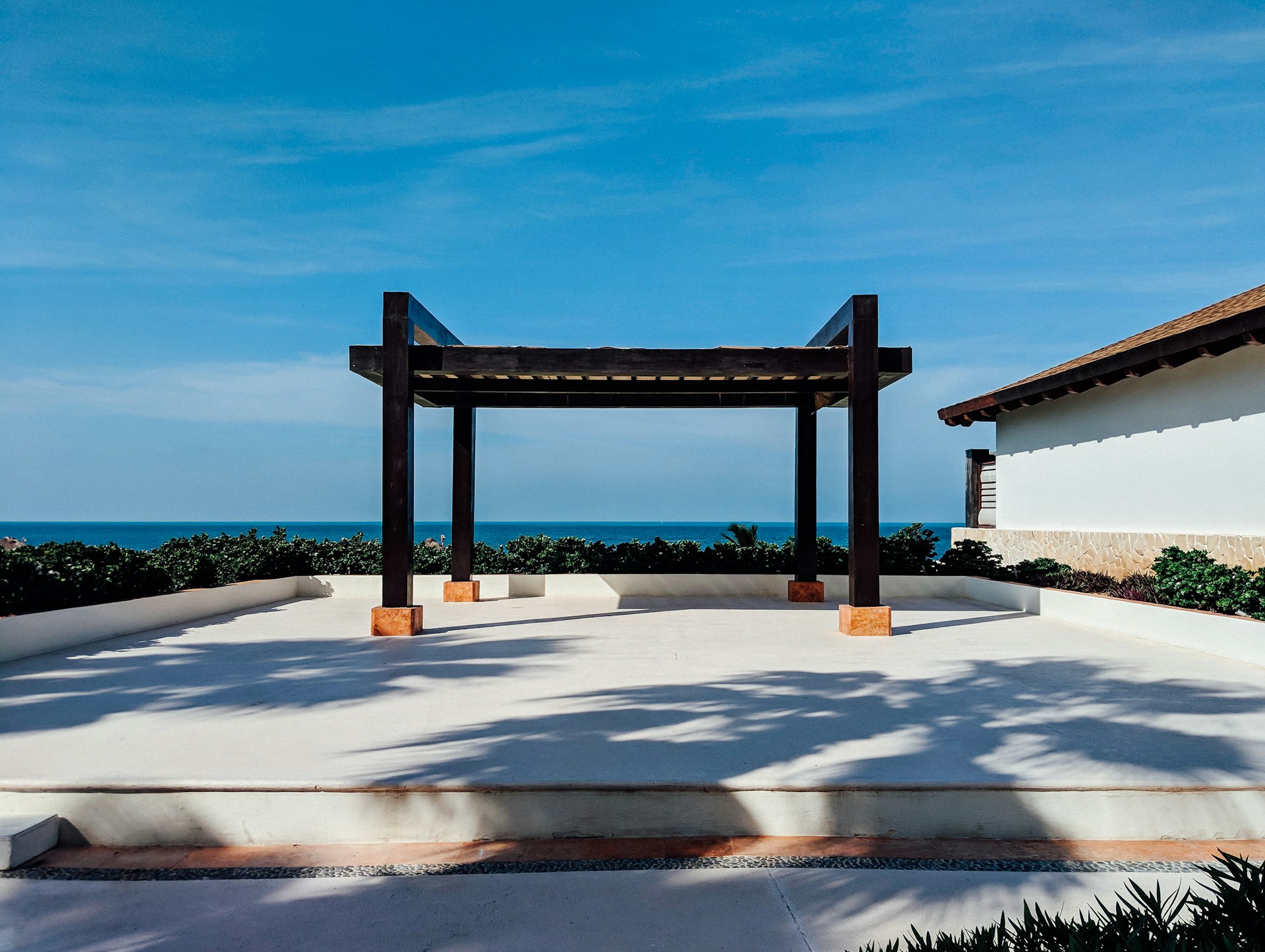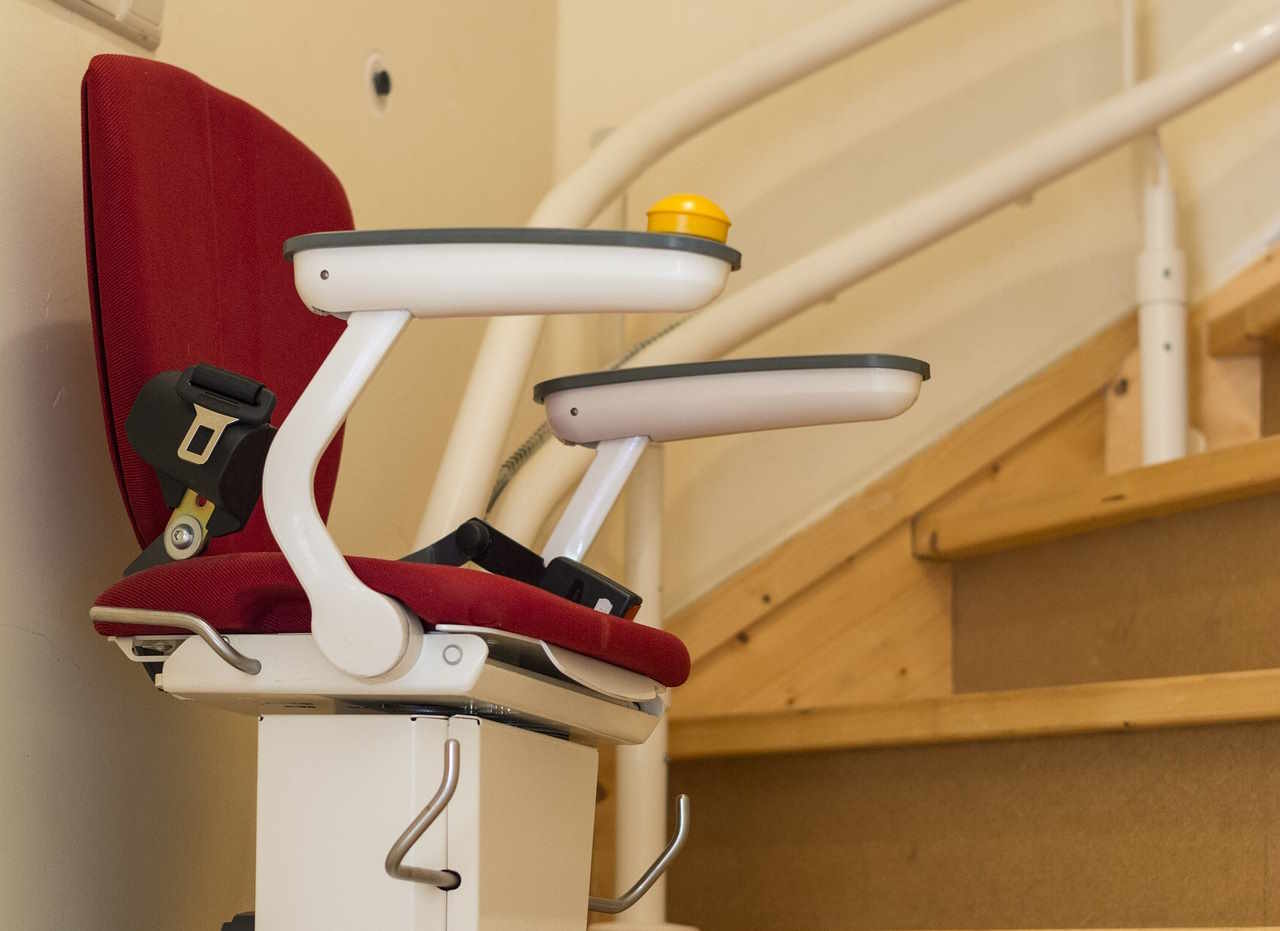Unraveling the Mystique of Moroccan Design in Modern Homes
The allure of Moroccan design, with its rich textures, vibrant colors, and intricate patterns, is making its way into the hearts of contemporary homeowners. This article delves into the history, current trends, and practicality of incorporating Moroccan elements into modern interiors.

History & Key Developments
A fascinating blend of African, Arabic, and European influences, Moroccan design traces its roots back to the Berber tribes, Arab invaders, and French colonizers. Known for its intricate carvings, geometric patterns, and saturated hues, this style was traditionally used in riads—Moroccan homes built around a central courtyard. Today, it is making a bold statement in modern homes across the globe.
Current Trends & Styling Techniques
Today’s interpretation of Moroccan design leans towards minimalism without sacrificing its quintessential charm. Jewel-toned furnishings, ornate lanterns, and intricate tiles are used sparingly to create focal points in an otherwise neutral space. Layered rugs add warmth and texture, while indoor plants enhance the natural, earthy feel.
Practicality & Market Trends
Moroccan design is not just about aesthetics. Its practicality lies in its versatility—it can be incorporated into various architectural styles and adapted to personal preferences. Market trends show an increased demand for Moroccan rugs, poufs, and lanterns, reflecting a growing appreciation for artisanal craftsmanship.
Enhancing Daily Living
Incorporating Moroccan design elements can transform a living space into a tranquil oasis. The use of natural materials and earthy colors promotes a sense of calm, while the intricate patterns stimulate visual interest. It’s an ideal style for those seeking a balance between comfort and aesthetics.
The Research Behind the Magic
Research indicates that our surroundings significantly impact our mood and well-being. The natural elements and warm colors of Moroccan design can induce a sense of tranquility, while its ornate details can stimulate creativity. Therefore, this design style is not just about creating a visually appealing space, but also about enhancing the quality of life.
With a history as rich as its colors and a versatility that caters to modern tastes, Moroccan design is more than just a fleeting trend—it’s a testament to the timeless allure of artisanal craftsmanship and cultural fusion. It serves as a reminder that our homes can be a canvas for our creativity, reflecting our individual tastes and the stories we wish to tell.




